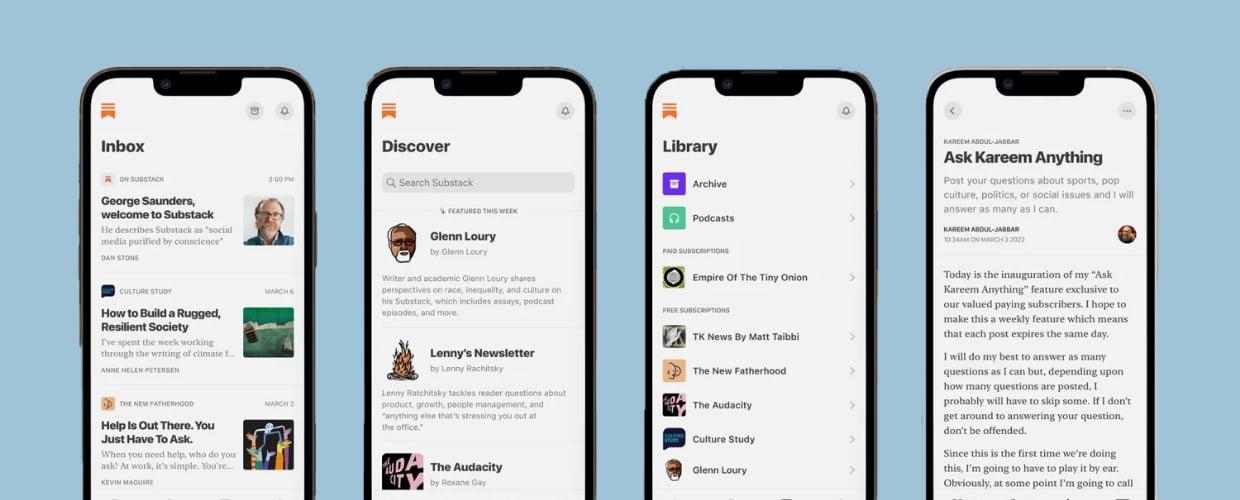When you're sharing your story with the media, nothing compares to an in-person meeting, product introduction or executive interview.
Hybrid and work-from-home models have made video calls more accessible and convenient, and virtual meetings with the media are on the rise. However, face-to-face meetings help build important relationships by making the exchange of information more personal, dynamic and memorable.
At Airfoil, we recommend in-person media tours as the most effective way to cultivate media relationships, establish spokespeople as thought leaders and share major announcements. While virtual meetings and events may make sense in certain scenarios, real-world interactions create a more powerful connection with your brand.
Generally, a media tour consists of a company spokesperson or executive traveling to major media markets to conduct briefings and interviews with key reporters. Scheduling in-person meetings with a strategic list of reporters, editors, influencers and bloggers can be an invaluable way to form relationships and tell your story.
Whether your spokesperson has scheduled a trip for a conference or for the sole purpose of meeting with the media, here are a few valuable tips to keep in mind.
- Media tours aren’t always about generating instant coverage. You don’t need a product release or big announcement to consider a media tour -- although it certainly does help. The real value comes in meeting with journalists you otherwise wouldn't be able to speak to face-to-face, as well as keeping your company top-of-mind for future coverage. While an immediate story is a fantastic result, the primary objective of a media tour should be to build long-term relationships with reporters. Use these tours as an opportunity to introduce reporters to your company, dispel any misconceptions they may have, and share insights on relevant industry trends. Establish your brand as a trusted source to contact in the future.
- Ask a few questions of your own. You should treat every media engagement as a lively conversation, not a marketing pitch. During the planning process, you can maximize the impact of your short- and long-term coverage opportunities by asking a few important questions. Is the reporter working on a feature story about relevant industry trends? If so, your company’s spokespeople would be great interviews for that piece. Are you unveiling a new product under embargo during the media tour? If so, ask your media contacts to invite a photographer or videographer to capture exclusive footage of the product under NDA. Are you more focused on telling your bigger brand story? If so, ask that product reviewer if there’s a colleague that might be a better fit for the interview. Reporters appreciate when you ask questions, especially if it helps them cover your news in a unique and engaging way. Ultimately, it’s all about discovering the best ways to work together.
- Prepare for off-the-cuff questions. In-person interviews can sometimes be trickier than virtual interviews. There’s more pressure when you’re face-to-face with a reporter, and body language adds a whole new dimension to the dialogue. Prepare a briefing book that includes background information on each reporter, key messages and fast facts on industry trends. Also, be sure to prepare your executive with a “rude Q&A.” A rude Q&A consists of every off-the-cuff question that may stump your executive or put them in a bad position if answered under pressure. Was there a less-than-flattering article about the company or spokesperson 10 years ago? Is your competitor in the news for their political beliefs? Always assume these topics will come up, and have a prepared, well-rehearsed response that points back to established brand values.
- Plan for everything. Media tours are as unpredictable as they are valuable. Regardless of how many times you’ve confirmed the meetings, planned the travel routes and checked on your reservations, something will go awry. Before the tour begins, list every scenario that could go wrong, and come up with a Plan B just in case. If a reporter cancels at the last minute, have a conference room booked at a nearby co-working space for the team to get some work done. If the proposed café is too loud or crowded for an interview, have an alternate location a few blocks away. If the reporter can no longer meet in person, make sure you have the ability to quickly pivot to a Zoom or Teams conversation. As long as you’ve got a backup plan, you’ll be able to adapt to any situation thrown your way.
Media tours can certainly be a lot of work, but the potential benefits are well worth the effort. If executed correctly, these in-person engagements are the best way to introduce your company and its thought leaders to the media. While they may not lead to immediate stories, it’s the one-on-one relationship building that will earn you coveted coverage in the months -- and years -- to come.
Need help planning your media tour? Send us a note. We’d love to partner with you!





